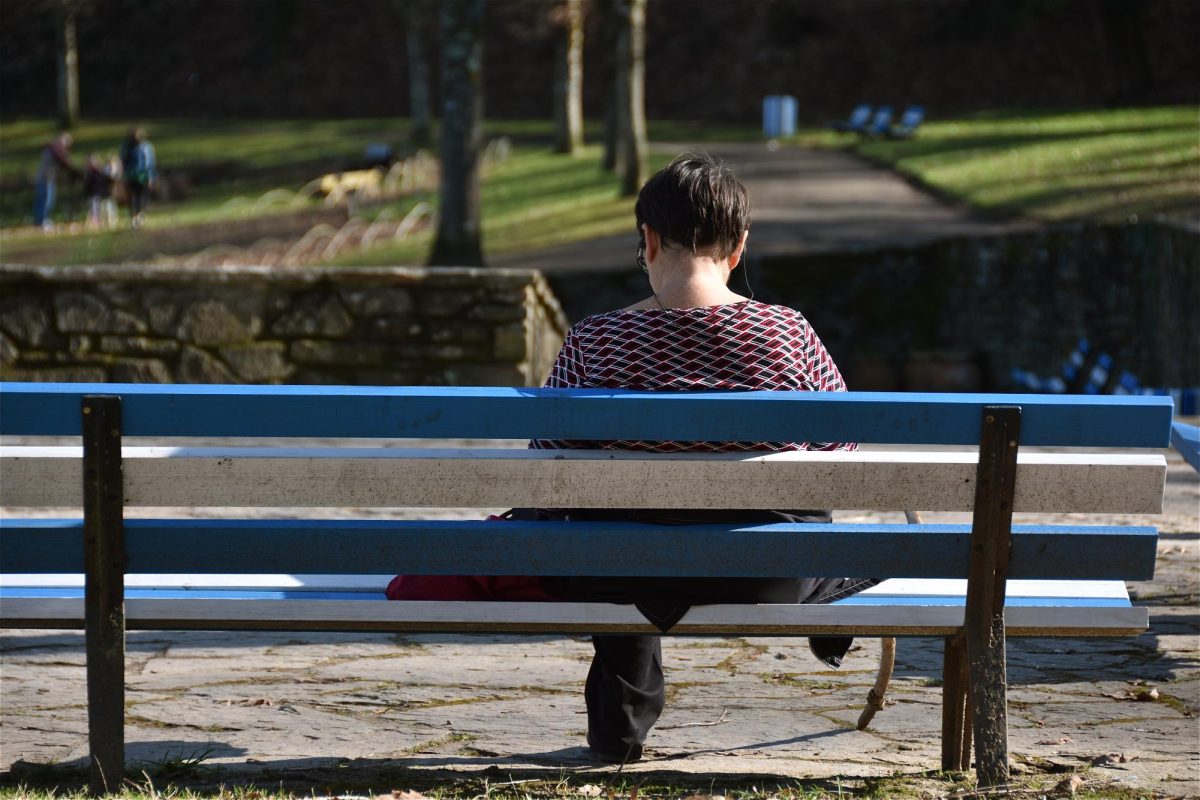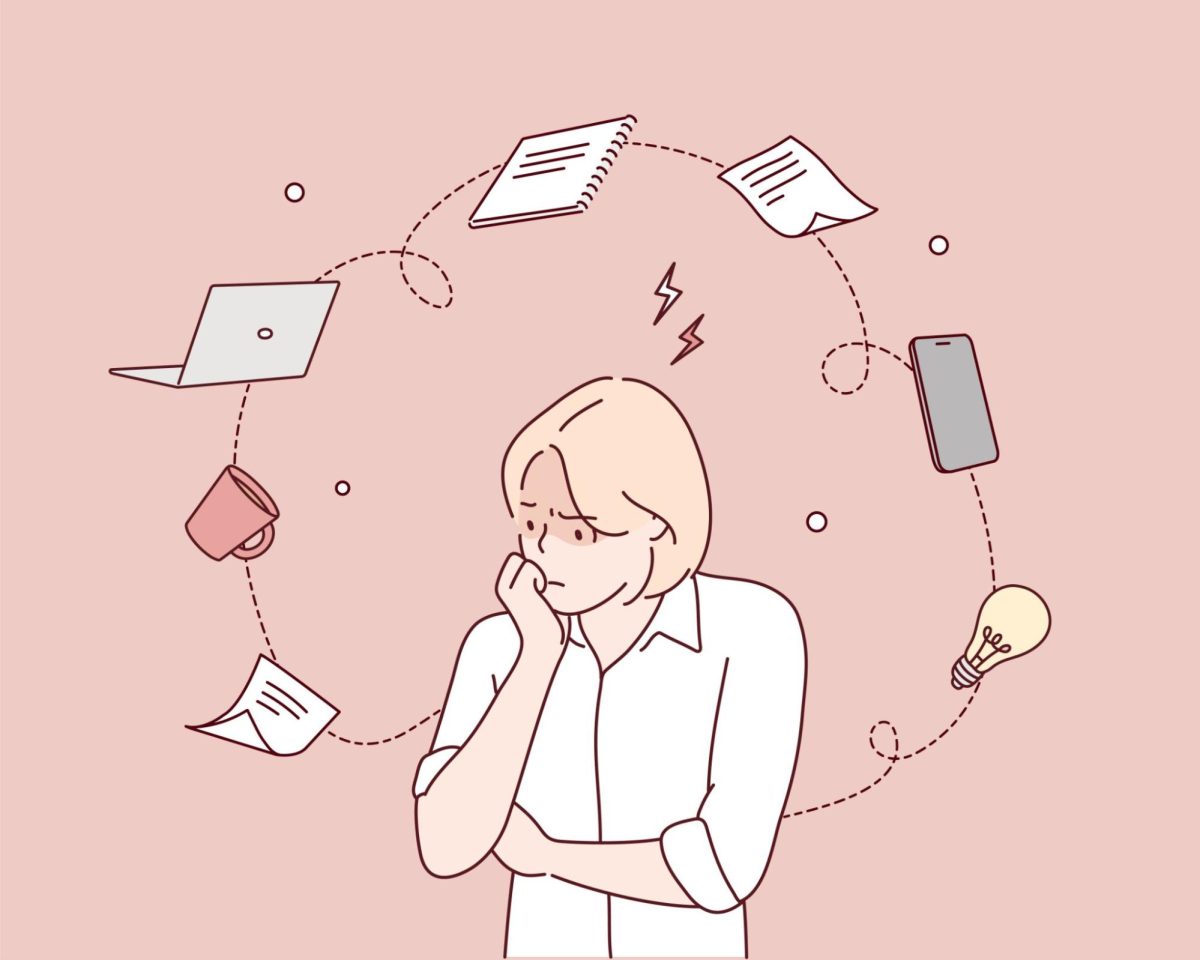The third period bell just rang. As you shuffle into your seat and whip out your iPad, your teacher strides in, greeting everyone with a cheerful, “How are we all this morning?” But then—silence. With the exception of a few quiet acknowledgements, you and your classmates hold your breaths in awkwardness. Your teacher then begins the lesson.
Although this deafening silence may seem confined to the classroom, it really stems from a broader student predicament: social anxiety. The American Psychological Association defines “social anxiety” as the “fear of social situations in which embarrassment may occur…or there is a risk of being negatively evaluated by others.” While some may simply brush off this “fear” as shyness, social anxiety has severe ramifications for secondary educational institutions. According to a study that observed the lives of nearly two million Swedish students, those diagnosed with social anxiety were as much as 81% less likely to “pass all subjects in the last year of compulsory education.”
In recent years, the COVID-19 pandemic has substantially aggravated social anxiety. Responding to the pandemic’s effects on mental health, Ms. Greenberg, South High’s social worker, stated, “We just went through two and a half years of people, especially adolescents at their most social stage, with a big destruction that raised anxiety. People didn’t learn skills to be students. They lost interpersonal skills…I have seen more people who are depressed, anxious in the past than I ever have. It’s really on the rise.”
Indeed, during the pandemic, students were increasingly reliant on video conferencing platforms to attend classes and social media to communicate with peers. Considering how research that evaluated social platforms like Facebook and Instagram ascribed social media usage to increased social anxiety, it becomes clear how the pandemic stripped a vast student population from acquiring sufficient interpersonal skills.
So how is South High currently handling the situation? According to Ms. Greenberg, our mental health counselors have been overwhelmed with calls for help: “We’re really busy. There are days when I don’t have a free period because people just come and there are other days that are not.” Further, some students who need assistance appear hesitant about reaching out. Ms. Ferguson, one of South High’s psychologists, said, “I think some students just aren’t comfortable opening and sharing their feelings just yet…I think there are a lot of reasons students might not come up here.”
For this reason, alongside promoting therapeutic resources, South High should also consider impersonal interventions. This style of intervention would specifically target those who hesitate about reaching out to have a one-on-one conversation with a mental health counselor. If implemented, special attention should be paid to the specific means of school-wide intervention: According to an article from the New York Times, while “targeted, light-touch” social and emotional learning courses have been shown to improve social skills, “universal, school-assembly-style” approaches actually exacerbate anxiety. Thus, any potential intervention should focus on providing direct instruction to students.
But what would these “courses” specifically entail? The meta-analysis referenced by the article defines them as “free-standing lessons that provide explicit, step-by step instructions…across [self-awareness, self-management, social awareness, relationship skills, and responsible decision making].” Specifically, the emphasis should be on active, meaningful mediation about social skills, going beyond the conventional mindfulness meditation; it’s not hard to see these lessons integrated into an elective or health class. If South High does carry out this approach, the school could see more students—especially those reluctant to reach out—becoming predisposed to combat social anxiety thanks to a better grasp on social-awareness.
Regardless of the approach, however, South High should continue to seek solutions to alleviating social anxiety; given that the status quo is insufficient, improving the quantity and quality of mental health interventions should remain a priority for both South High faculty and administration.








